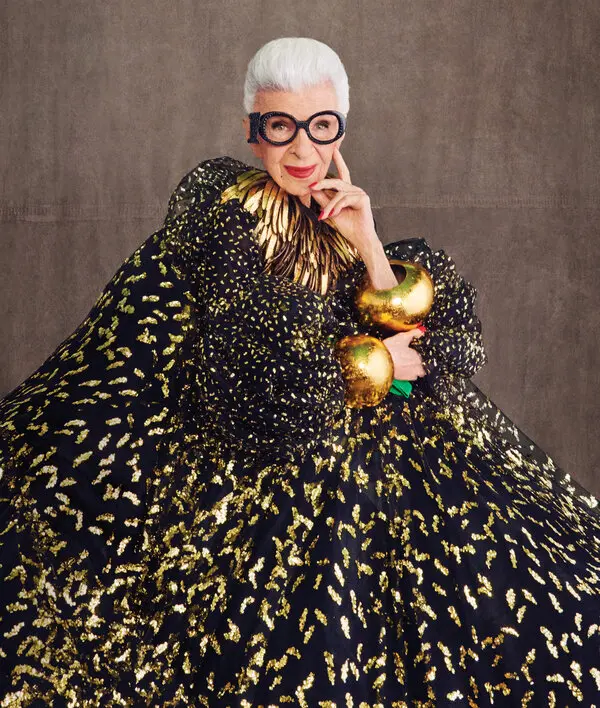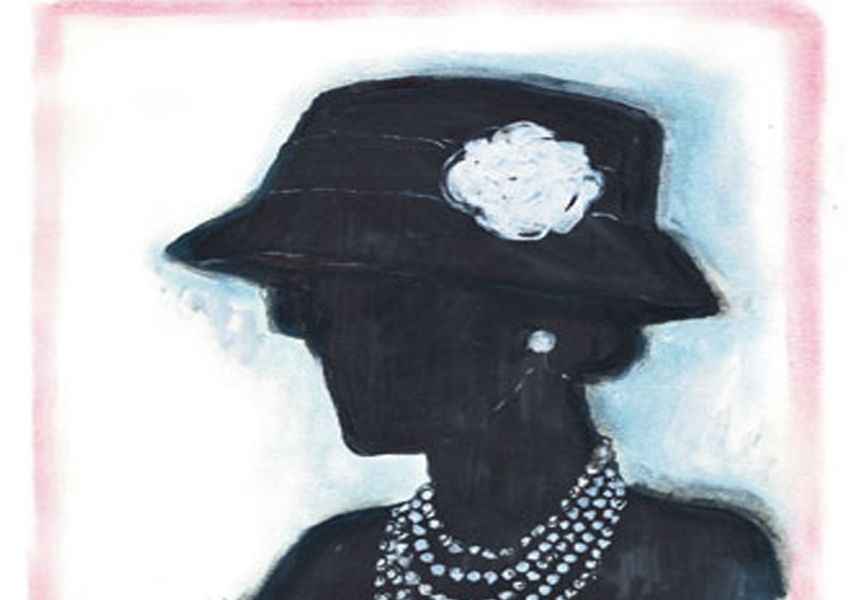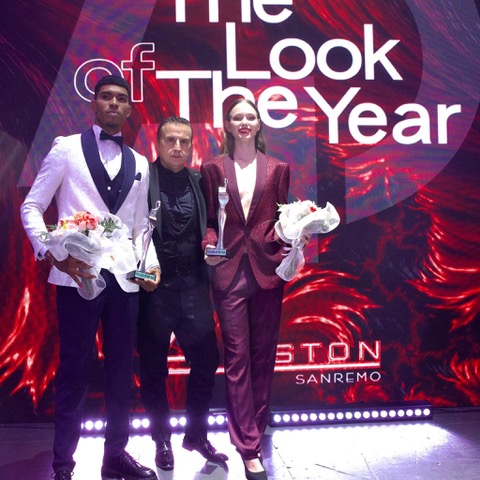On the tatting trail with Sabine Halm
In the past, the finishing of fabrics was considered an essential point of fascination for clothing, whether we are talking about the Renaissance or the 17th century. Among the array of processes, we have tatting, which by its very nature requires skilled craftspeople who know their art and carry it out with meticulous patience and dexterity.

For Sabine Halm, lace is ingrained in her family’s DNA. Her Madrigal B workshop is counted among the Ateliers d’Art in France and, with examples of great workmanship, takes part every year in the European Days of Craft. Native to the French overseas territory of New Caledonia, Sabine entered a new chapter of her life in France where she rediscovered the family legacy and, driven by pride and the desire to rekindle the traditions of her ancestors from the north of the country, she avidly honed this skill between 2005 and 2016.

“It is an ancestral know-how that I carry with me, like a force that I feel inside me and that bursts forth”, says the textile designer. Her knotting technique, a cross between bobbin lace and needle lace, is a classic finishing touch for the neckline or sleeves of ceremonial dresses and Sabine is exploring new horizons. Her inventiveness in sculpting lace is not marked by the succession of defined stages, instead when she creates a more intricate piece of work for an accessory or a fabric, she takes an idea as a starting point, and then allows herself to be carried away by hands that express themselves skilfully with the use of three different techniques she has mastered: spinning, embroidery and tatting. A completely emotional process, as she herself declared, which is poured into her creations, reflecting the interiority and the experience of Sabine, who expresses herself through them.

In 2016, after having surrounded herself with people with the necessary mindset to be part of this new path, Sabine Halm decided to revive the family savoir faire by giving life to the Madrigal B atelier in Saint-Sulpice-les-Feuilles in the French region of Limousin.

Sabine has clear-cut mannerisms and an exuberant imagination that she borrows from different eras, although the main and unconscious source of inspiration remains the underwater universe of her homeland, with sea stars and anemones that often guide her creativity both in the lacework and in the names chosen to identify each piece.

The movement of the forms remains the supporting pillar around which her language revolves, the fixed point that guides and intrigues her more than any other muse.

Sabine firmly believes in the importance of giving life to something of value in the era of ephemeral consumerism. She was recently awarded top prize in the heritage category for the New Aquitaine region in the Ateliers d’Art competition.

Article edit by Caterina Gigli







